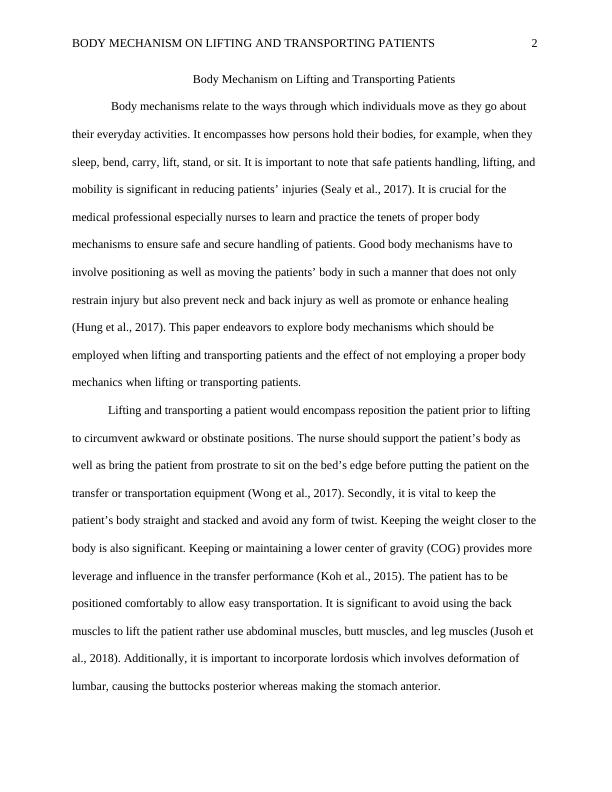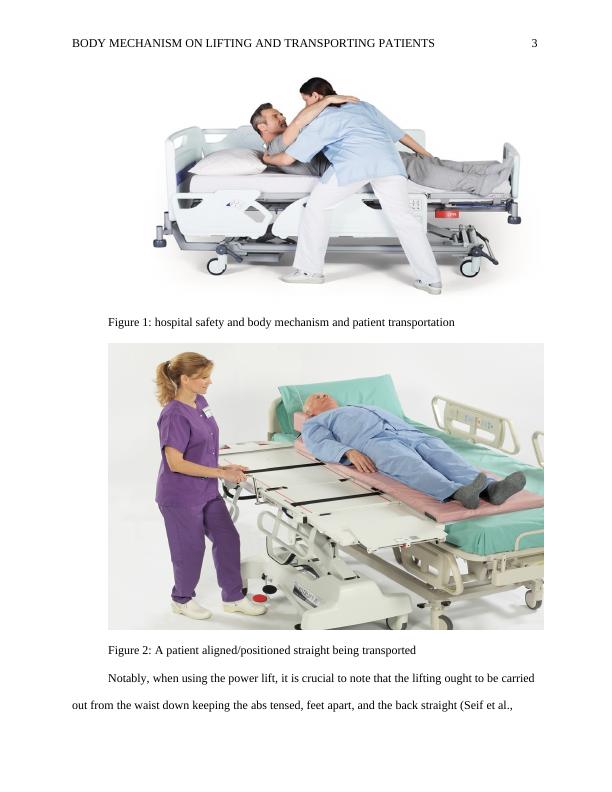Patient Transfers and Body Mechanics (PDF)
6 Pages1170 Words51 Views
Added on 2021-05-31
Patient Transfers and Body Mechanics (PDF)
Added on 2021-05-31
ShareRelated Documents
End of preview
Want to access all the pages? Upload your documents or become a member.
Case Study on Nursing Literature
|6
|1374
|43
Hypertension Care Plan And Analysis Report
|5
|1141
|18
Manual Patient Handling Hazards and Risk Control Strategies
|7
|1491
|312
Reflection ION Manual Handling Skill Theory 2022
|5
|976
|25
Clinical Integration in Aged Care Assignment
|7
|1318
|38
Nursing and Healthcare Assessment 2022
|6
|1529
|14



